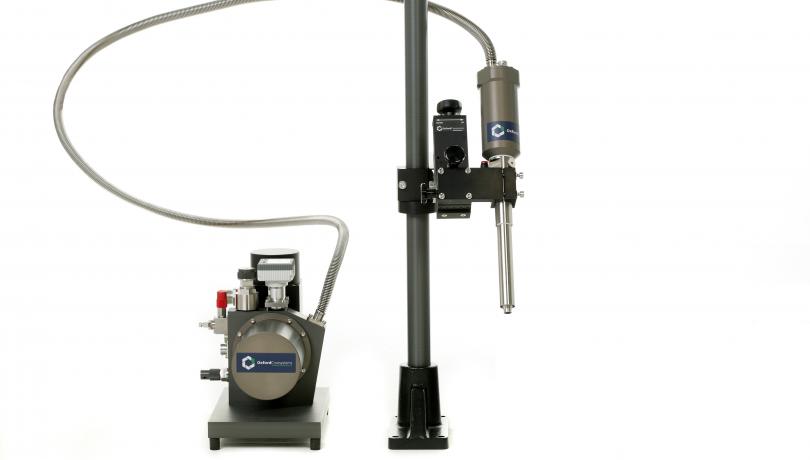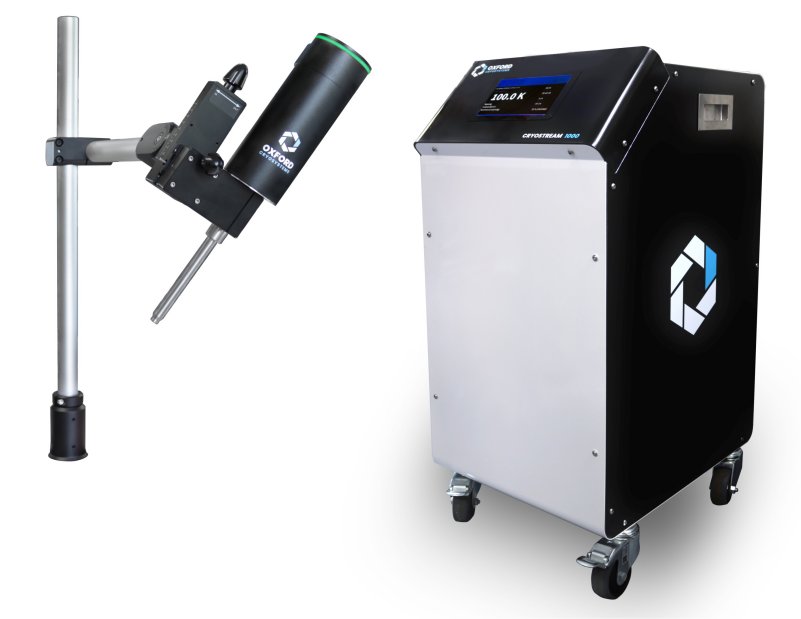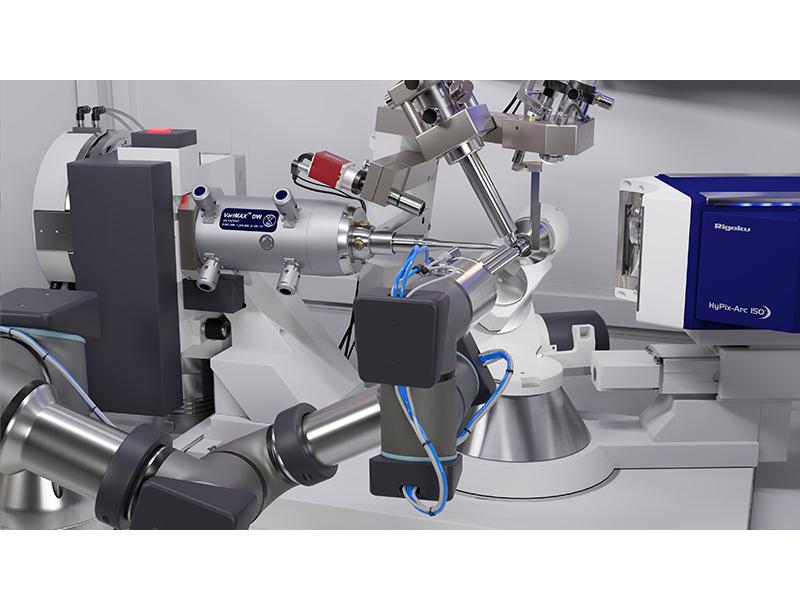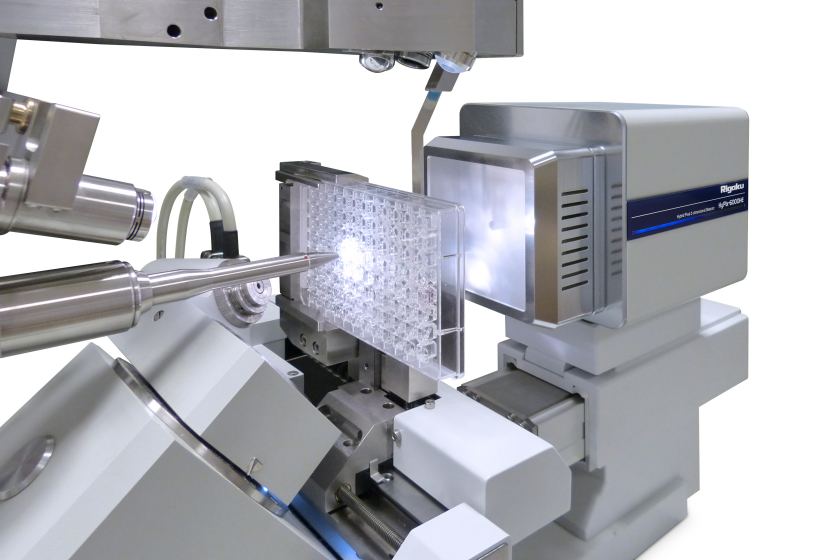XtaLAB Synergy-S
Single Or Dual Microfocus X‑ray Diffractometer For All Your Crystallography Needs
A fast and agile single crystal X‑ray diffractometer for small molecule 3D structure analysis
With your success utmost in our minds, we have developed the XtaLAB Synergy-S X-ray diffractometer for single crystal X-ray diffraction. Using a combination of leading-edge components and user-inspired software tied together through a highly parallelized architecture, the XtaLAB Synergy-S produces fast, accurate data in an intelligent fashion.




XtaLAB Synergy-S Overview
The system is based around the PhotonJet-S series of microfocus X-ray sources that optionally incorporate continuously variable divergence slits. These third-generation sources have been designed to maximize X-ray photons at the sample by using a combination of new optics, new longer-life tubes and an improved alignment system. PhotonJet-S sources are available in Cu, Mo or Ag wavelengths in either a single or dual source configuration. The XtaLAB Synergy-S single crystal X-ray diffractometer comes with a kappa goniometer that incorporates fast motor speeds and a unique telescopic two-theta arm to provide total flexibility for your diffraction experiment. The system is also equipped with your choice of HPC hybrid photon counting detectors, the HyPix-6000HE or the large theta coverage detectors: HyPix-Arc 100° or HyPix-Arc 150°.
In some settings, there is a desire to share instrument resources across different research groups. The XtaLAB Synergy-S in a dual-source configuration is the perfect system to be shared between protein crystallographers and chemical crystallographers: a Mo source will give the chemical crystallographers the wavelength necessary to reduce absorption from heavier elements and a Cu source, with optional continuously variable divergence slits, will give the protein crystallographer the functionality necessary to resolve large unit cells.
The XtaLAB Synergy-S now comes equipped with our new UG3 goniometer, which offers faster, more efficient data collections. For more information about the UG3, please see the overview page.
HyPix Detectors
Rigaku’s own HyPix family of detectors use solid state pixel array technology to enable direct X-ray photon detection and counting. Direct X-ray photon detection means that X-ray photons are counted instantaneously as they arrive at the detector. There is no conversion to visible light by a scintillator so the energy of the photon can be assessed at moment of detection. This leads to essentially noise free images. The HyPix detectors feature a 100 Hz frame rate which allows for data fine slicing even at the fastest goniometer speeds. The HyPix detectors incorporate dual counters enabling several modes of operation. Rapid alternating counter electronics (RACE) technology enables the 100 Hz zero dead time mode, ensures that no pixel is blind for more than a few nanoseconds during exposure to X-rays. The high dynamic range mode combines the counters to offer a massive 31-bit counter depth. Dual thresholding offers differential modes and selective signal suppression.
PhotonJet-S
The XtaLAB Synergy-S is defined by its new PhotonJet-S X-ray source. The PhotonJet-S sources provide almost double the flux for all three target types (Mo, Cu, Ag) compared to the previous generation. For the best data quality, it is important to ensure any source provides highly reproducible flux frame after frame. As tube temperature changes, so does the X-ray flux reaching your sample. Controlling the temperature of our sources using closed-circuit water cooling offers the best solution for both consistent and high performance and reliability in a completely standalone package.
PhotonJetMAX-S
The XtaLAB Synergy-S can now be equipped with our new PhotonJetMAX-S high-performance microfocus sealed tube sources. These sources offer double the performance without increasing operating costs. For more information view the product page.
Beam Conditioning
Where overlapping peaks are a concern, e.g. large unit cells, proteins, twinned or incommensurate, high beam divergence is undesirable. On PhotonJet sources, a software controlled, motorized variable beam slit is available as an option to alter divergence to adapt the source to your sample’s requirements. For those samples where intensity matters most, the slit can be fully opened giving the highest flux. For those where peak sharpness and overlap are factors, the beam can be limited to a divergence anywhere between 1 to 10 mrad.
CrysAlisPro
The XtaLAB Synergy-S comes complete with CrysAlisPro, our user-inspired data collection and data processing software for single crystal analysis. Designed around an easy-to-use graphical user interface, CrysAlisPro can be operated under fully automatic, semi-automatic or manual control. CrysAlisPro combines automated crystal screening, the fastest and most accurate strategy software available, concurrent data reduction and automatic small molecule structure solution. Visual feedback is provided for each step with clear, color-coded guidance so that both novices and experts can collect high-quality data in the shortest time possible.
CrysAlisPro can be operated in either a protein or small molecule dedicated workflow. Popular third-party protein data processing packages can easily process diffraction data if desired.
AutoChem
AutoChem is the ultimate productivity tool for small molecule chemists, offering fast, fully automatic structure solution and refinement during data collection. Developed in collaboration with OlexSys Ltd (Durham University, UK), AutoChem works in conjunction with Olex² where more advanced structure solution and refinement functionality exists. AutoChem is seamlessly integrated within CrysAlisPro and forms an integral part of our ‘What is this?’ feature. The ‘What is this?’ feature gives you structures quickly and ensures you are not wasting time collecting full datasets on known samples or starting materials. It is an alternative pre-experiment option, which is used to plan your full data collections.
XtaLAB Synergy-S Features
XtaLAB Synergy-S Videos
XtaLAB Synergy-S Specifications
| Core attributes | Single or dual microfocus sealed tube X-ray source diffractometer with hybrid pixel array detector and kappa goniometer | |
|---|---|---|
| Detectors | HyPix-6000HE or optionally the large theta coverage detectors HyPix-Arc 100° or HyPix-Arc 150° | |
| X-ray source | PhotonJet-S X-ray source with new microfocus sealed tube that incorporates a new mirror design and new alignment hardware. Three target types are available (Mo, Cu, Ag) | |
| Goniometer | Fast kappa geometry goniometer that allows data collection scan speeds of up to 10°/sec | |
| Accessories | Oxford Cryostream 1000, Oxford Cobra, XtaLAB Synergy FLOW robotic system, XtalCheck-S, High Pressure Kit | |
| Computer | External PC, MS Windows OS | |
| Core dimensions | 1300 (W) x 1875 (H) x 850 (D) mm | |
| Mass | 550 kg (core unit) | |
| Power requirements | 1Ø, 90-130V 15A or 180-260V 4A | |
XtaLAB Synergy-S Options
The following accessories are available for this product:
High Pressure Kit
Accommodating the vast majority of commercially available and custom high pressure cells, the high pressure kit creates a sample space with an 8 cm diameter.
HyPix-Arc 100°
A curved single crystal X-ray diffraction detector based on direct X-ray detection technology with a higher 2θ range compared to a flat detector.
HyPix-Arc 150°
An optional, unique curved Hybrid Photon Counting (HPC) X-ray detector for single crystal diffraction applications.
Intelligent Goniometer Head 2 (IGH2)
The smallest detachable motorized goniometer head on the market.
Oxford Cobra
Offers the ultimate solution for both macromolecular and small molecule crystallography.
XtalCheck-S
With this system, one can easily survey many crystallization experiments by eliminating the need to harvest and cryo-cool samples.
XtaLAB Synergy-S Application Notes
The following application notes are relevant to this product
-
PHRM0001 - Crystalline Sponge Method on XtaLAB Synergy Systems
-
B-SCX1011 - High-Speed Measurement Of A Peptide Drug Using HyPix-Arc 150°
-
SMX029 - What Is This? and Data Collection on Metal-organic Framework Microcrystals using the XtaLAB Synergy-S
-
PX021 - I-SAD Phasing of the HIV Integrase Core Domain using Data Collected on the XtaLAB Synergy-S
-
SMX019 - The HyPix-6000HE Detector and Its Ability to Resolve Reflections at Close Crystal-to-Detector Distances
-
SMX039 - The Absolute Structure of Light-atom-containing Molecules
-
PX027 - Synergy Of PX and SMX on One Diffractometer with the HyPix-Arc 150°
-
SMX032 - PDF Analysis of Glassy Materials on a Home Laboratory Diffractometer
-
SMX027 - Micro Powder Diffraction on XtaLAB Synergy Single Crystal Diffractometers
-
PX022 - Thaumatin S-SAD Phasing with 2 hours of Data Collection on the XtaLAB Synergy-S
-
SMX017 - Determining Structure of Volatile Compounds with the Crystalline Sponge Method
-
SMX036 - Comparison of Two XtaLAB Synergy Instruments
-
PX023 - ClpS SAD phasing with 30 Minutes of Data Collection on the XtaLAB Synergy-S
-
SMX023 - Charge-density Data Collection on XtaLAB Synergy-S with HyPix 6000
-
SMX024 - Charge-density Data Collection on XtaLAB Synergy Diffractometers
-
SMX028 - Calibrating the XtaLAB Synergy-S for PDF Analysis
-
SMX030 - Application of the Crystalline Sponge Method for Structure Determination of Persistent organic Pollutants of Agrochemical Degradation Products
XtaLAB Synergy-S Resources
Webinars
| High-Pressure Crystallography on the Rigaku XtaLAB Synergy-S Diffractometer | Watch the Recording |
| High-throughput Soaking Condition Screening for Crystalline Sponges | Watch the Recording |
| Micro-Powder Batch Screening on a Single-Crystal Diffractometer | Watch the Recording |
| Diffraction Methods for MOF Investigations | Watch the Recording |
| Routine Powder XRD Measurement with the XtaLAB Synergy-S Single Crystal Diffractometer | |
| Sample Screening, Strategy Calculation and Data Collection in CrysAlisᴾʳᵒ | Watch the Recording |
Rigaku Journal articles
| Read the Article | |
| Read the Article | |
| Read the Article | |
| Read the Article |
Publications
Visit the Publication Library to access articles relevant to XtaLAB Synergy-S
Forums
XtaLAB Synergy-S Events
XtaLAB Synergy-S
Testimonials
-
The speed of data collection and ease of use has allowed our users to collect a significant number of large data sets that were not previously possible on older systems.
Read the full testimonialDaniel UnruhTexas Tech University -
I would strongly recommend the system. It is clearly much more powerful and rapid than our previous system.
Read the full testimonialDr. Joseph WrightFaculty of Chemistry, University of East Anglia -
I am impressed with the instrument’s performance, and also the software. Furthermore, in my dealings with Rigaku, I have always been listened to as a customer and have received quick responses.
Read the full testimonialDr. Henrik FriisNatural History Museum, University Of Oslo -
The new instrument has revitalized our researchers’ interest in using X-ray crystallography as a real-time tool for their science instead of an afterthought or a special circumstance.
Read the full testimonialDr. Samantha N. MacMillanX-ray Diffraction Facility at Cornell University -
There has been good help and advice from personnel from Rigaku Oxford Diffraction and I would definitely recommend this instrument to anyone considering making a purchase of a new diffractometer.
Read the full testimonialProf. Christine McKenzieUniversity of Southern Denmark -
I would recommend the XtaLAB Synergy-S system for structural biology labs because it is very useful for checking the diffraction quality of protein crystals and allow to collect high-quality data for “non-problematic”, well-diffracting protein crystals.
Read the full testimonialDr. Joanna LochFaculty of Chemistry, Jagiellonian University -
The machine is much faster, enabling crystals to be quickly screened to ensure only the best crystals are measured. lt permits small, less perfect crystals to be screened, as well as providing publishable results in a matter of minutes to hours for favourable specimens.
Read the full testimonialDr. David WalkerUniversity of Warwick -
The single most important benefit that the instrument brings to the lab is the ability examine very small crystals in a short timeframe, whether that size constraint is forced upon you by the crystal availability, or whether you enforce it in order to isolate a single high-quality fragment from a larger (perhaps multiple) crystal.
Read the full testimonialProf. Kenneth ShanklandChemical Analysis Facility, University of Reading -
We get significantly better data with the new instrument. The speed at which we can collect data and solve a structure is impressive. Now, we use fast data collections (minutes long) to work out the connectivity of the compound.
Read the full testimonialDr John BacsaCrystallography Lab at Emory University -
I would recommend the XtaLAB Synergy-S to anyone looking for a ready-to-go system built around the latest technology.
Read the full testimonialJames WalshUMass Amherst -
We could dramatically increase our throughput and even attract new customer groups, as crystal quality & size became much less of a roadblock.
Read the full testimonialDr. Nils Trapp and Dr. Michael WörleSmall Molecule Crystallography CenterETH Zürich
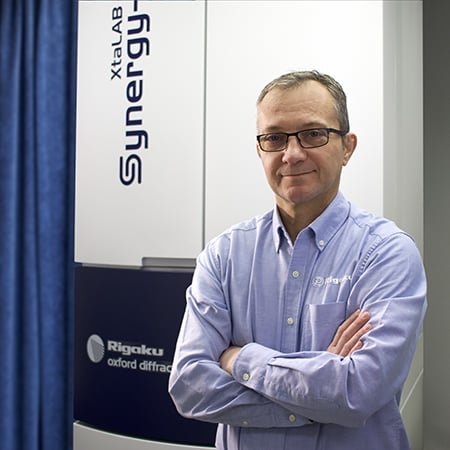
Contact Us
Whether you're interested in getting a quote, want a demo, need technical support, or simply have a question, we're here to help.

/Intelligent%20Goniometer%20Head%20v3.png)
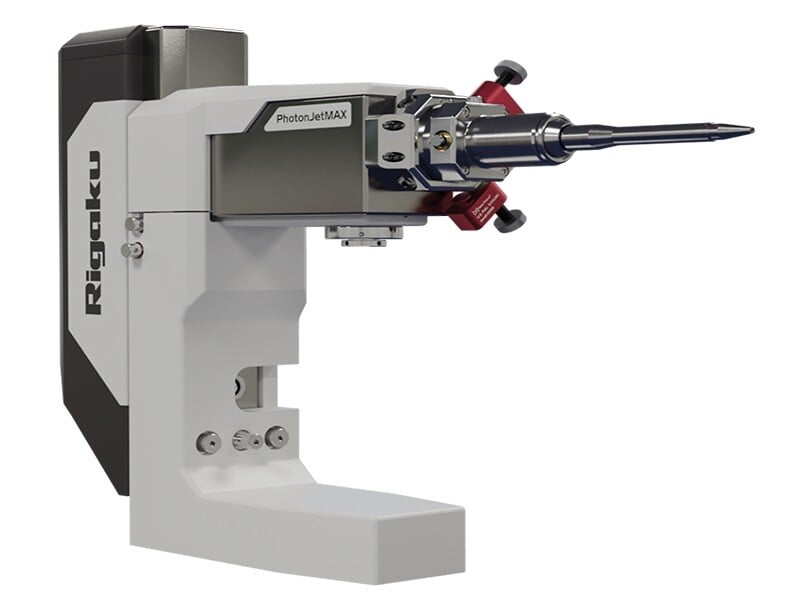
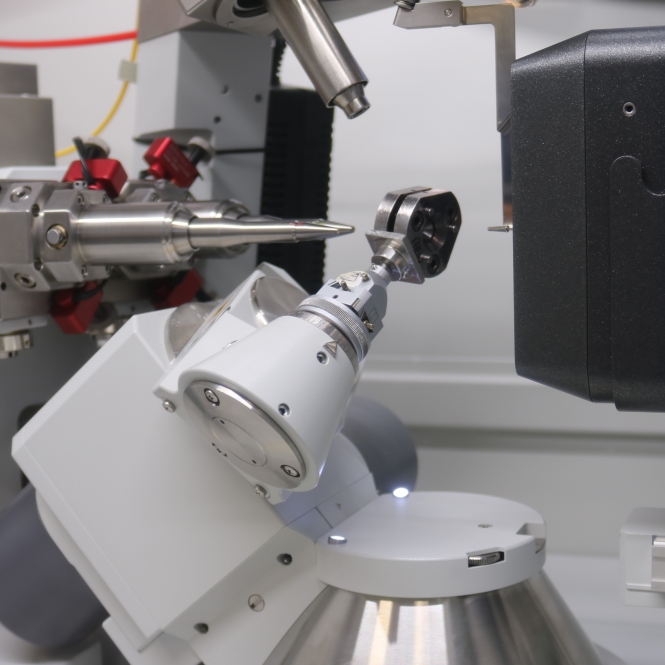
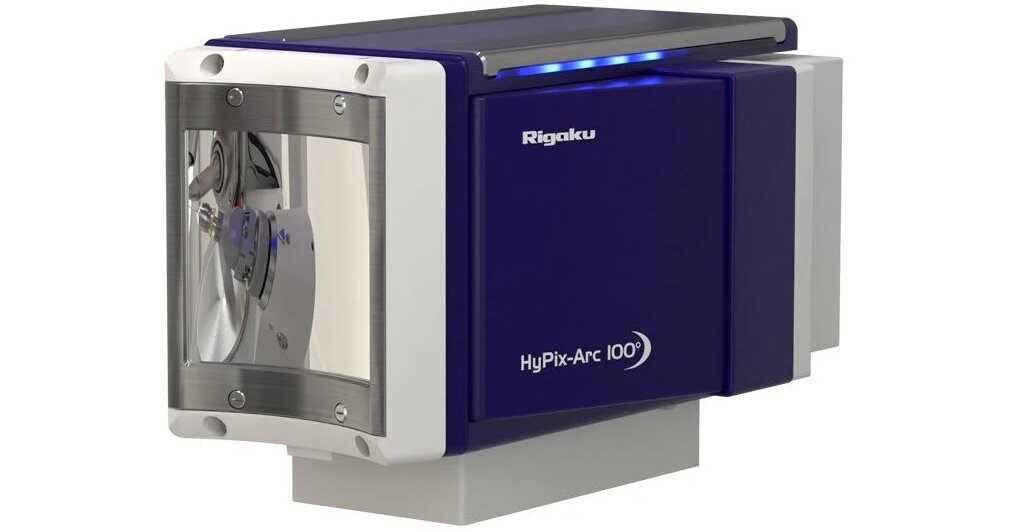
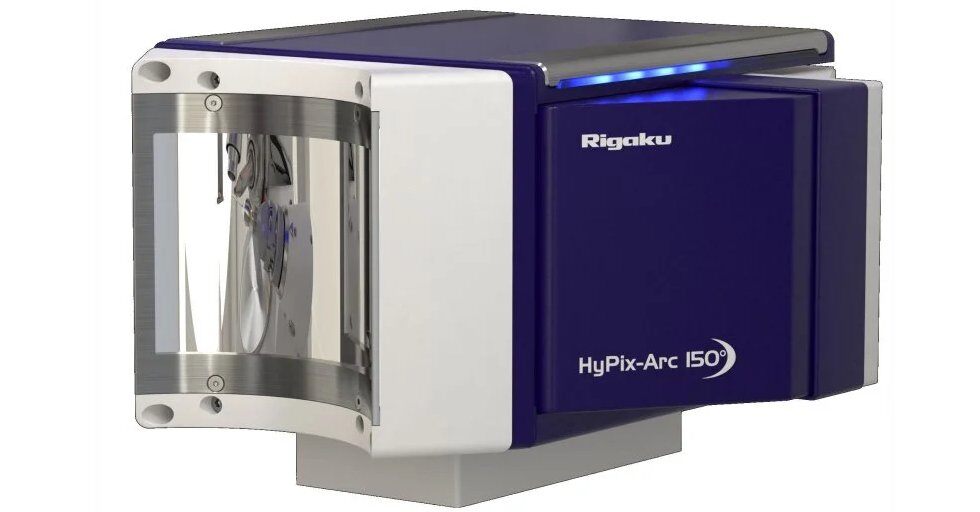
/INTELLIGENT%20GONIOMETER%20HEAD%20(IGH).jpg)
